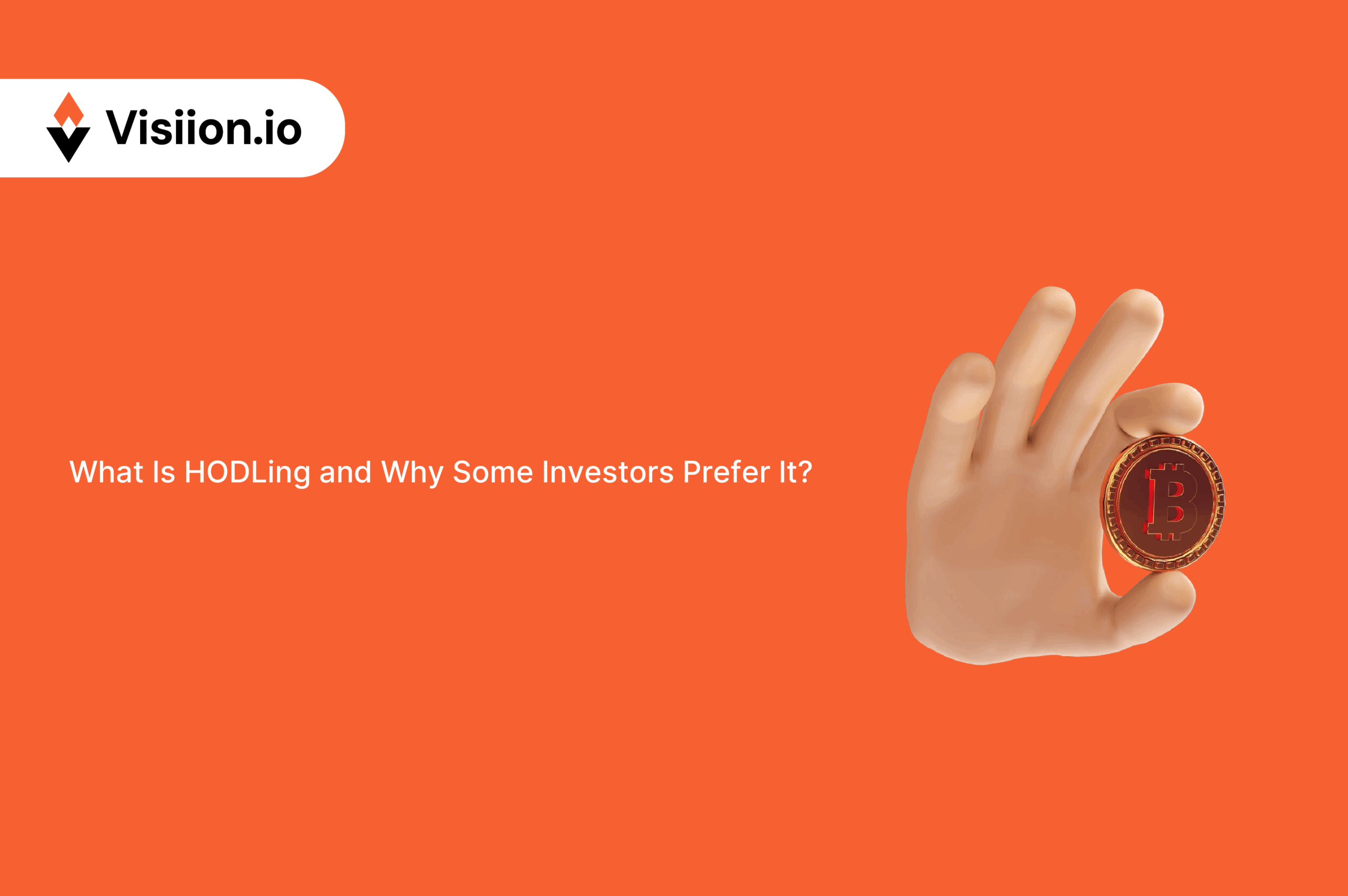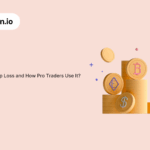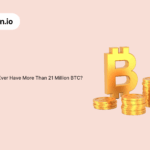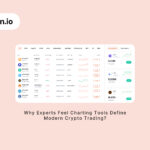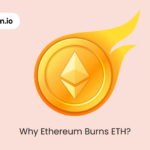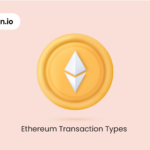Where Did HODL Even Come From?
It all started with a typo. In 2013, a Bitcoin forum user wrote “I AM HODLING” in a post filled with emotion and whiskey. He wasn’t selling his Bitcoin during a price crash, and he didn’t care about spelling. That word HODL caught fire. Since then, it’s grown into a badge of honor. People use it across the crypto space as a stand-in for holding on, through good days and bad ones.
Over time, HODL turned into more than a meme. It became part of crypto culture. On-chain communities, meme pages, newsletters, and even whitepapers embraced it. In the early days, folks were dealing with wild swings and wild opinions. HODL was a word that said, “I’m still here.”
What Does HODL Actually Mean in Today’s Crypto World?
At its core, HODL means long-term holding of crypto assets. Those who believe in it don’t track the charts. They don’t follow hourly price candles. Instead, they generally have a simple mindset: buy a coin and stick with it, rain or shine.
In today’s market, HODL often signals conviction. When someone says they’re HODLing, they’re signaling belief in a coin’s future. That belief isn’t always tied to charts or TA. It lives more in narratives, technology, roadmaps, and in many cases, ideology.
People talk about HODLing like it’s a digital rite of passage. Whether it’s Bitcoin, Ethereum, or some niche Layer-2 token, long-term holders form a big chunk of the market. Exchanges track these wallets. Analysts study them. Social channels meme them. HODL wallets have become signals in themselves.
Why Do Some Folks Gravitate Toward Hodling?
Believers say there’s something freeing about it. They say HODLing doesn’t require constant monitoring. Hence, they don’t need to time entries and exits. They just hang tight. For many, it feels simple. It strips out the noise. It skips the predictions. Instead of asking, “What’s next week’s resistance?”, the focus shifts to the next halving cycle or roadmap update.
Some folks also see it as a philosophical move. The crypto space has roots in rebellion—decentralization, open-source code, no middlemen. HODLing sits neatly inside that ethos. It says, “I’m opting out of the usual game.” Then there’s the flip side. Timing trades isn’t easy. Charts move quickly, and whales shake markets. A lot can happen in a day. HODLing avoids those storms altogether. Some view it like a tunnel; they enter on one side, and years later, they emerge on the other.
How Do HODLers Usually Operate?
They keep their crypto in cold wallets or long-term vaults. Some remove it from exchanges entirely. No constant switching, no fiddling with positions. Just a single, patient decision. You’ll often hear about wallets that haven’t moved for years. Those belong to HODLers. Some set reminders to revisit after each Bitcoin halving. Others mark timestamps in their calendar—2025, 2028, 2032.
They don’t panic when red candles show up. They don’t brag when green ones flash. Instead, they ride out the cycles. Their dashboard isn’t full of 15-minute charts. It’s a coin count and a date. Communities of long-term holders exist, too. Reddit, X, and Telegram host HODL-centric conversations every day. Memes, price predictions, jokes about diamond hands, and more are all part of the culture.
What Role Does Psychology Play in HODLing?
A massive one. HODLing plays with time. It asks the players to think in years, not weeks. In crypto, where things shift hourly, that’s a bold ask. It takes restraint. Watching a coin triple overnight and still holding? That’s discipline. Watching it dip 60% and still holding? That’s resilience.
There’s also something tribal about it. People bond over it. They celebrate milestones—“3 years strong,” “1000-day streak,” “since the 2017 bull run.” It becomes part of identity. Almost like a badge you wear. That long-term vision often requires tuning out noise. Crypto Twitter might scream “sell,” charts might scream “reversal,” but HODLers don’t flinch. They hang on because that’s the whole point.
What Happens During a Market Crash?
Market crashes often shake some traders’ resolve. But HODLers? They don’t flinch. At least, that’s their goal. A crash brings fear, noise, and hot takes. But in the HODL playbook, it’s just another cycle. So some HODLers ride it out in silence. But others meme their way through it. Posts like “still holding” and “down bad but not out” start showing up again.
On-chain data shows this too. During major dips, you’ll often find a lot of long-term wallet addresses staying inactive. That immobility becomes a signal. Traders watch those addresses to gauge panic levels. When they don’t move, people take note. Of course, emotions still flare. HODLing through crashes takes grit. But for some, that’s where the pride lies. Surviving a cycle earns you stripes.
How Do Exchanges and Platforms Treat HODL Behavior?
Platforms like Glassnode, Coin Metrics, and IntoTheBlock track long-term holding patterns. They label wallets based on activity. “Dormant for 365+ days.” “Unmoved since ATH.” That data shapes how the industry views sentiment.
Exchanges cater to this group, too. Staking, vaults, locked yields, many of these features speak directly to HODLers. Platforms offer interest on idle holdings. Some even reward holding milestones. Or some platforms like Visiion.io offer staking options to such HODLers. This option helps HODLers earn passive income on their long-term holdings/
Then there’s marketing. You’ll see “diamond hands” campaigns. Meme-heavy emails. Celebratory badges for holding a coin across cycles. The space knows how deep HODL culture runs, and it leans into it.
Are There Specific Coins That Attract More HODLers?
Bitcoin tops that list. It’s the OG, the first coin where HODL became a war cry. Wallets from 2011, 2013, and 2017 still show zero activity. Some belong to early adopters, some to long-term believers.
Ethereum runs a close second. It’s drawn long-term holders since its shift to proof-of-stake. Many ETH holders moved their coins into validators, choosing yield over movement.
Other tokens with cult followings—Chainlink, Solana, MATIC, Cardano—have strong HODL communities too. These holders often rally around project milestones, major integrations, or upcoming tech upgrades.
But experts say there is a common thread in all of these. It’s Conviction. If a project has a loyal fanbase and a steady stream of updates, chances are high that a chunk of its holders lean toward the long game.
What’s the Difference Between a Trader and a HODLer?
While there are no official definitions, experts have some set parameters. As per them, traders live in charts. They dissect RSI, MACD, and Bollinger Bands. They track global markets, headlines, and economic indicators.
On the contrary, they believe HODLers live in whitepapers and timelines. They care about the tech, the vision, the road ahead. They talk about upgrades, forks, community size, and dev activity.
One checks charts every morning. The other checks are once every few months.
Both read the news. Both follow updates. But their reactions differ. Traders act. HODLers observe. That quiet contrast shapes how they move in the space, according to professionals.
Why Does HODLing Keep Popping Up in Mainstream Media?
Experts say HODLing is a striking example of commitment. Crypto market cycles are a bit volatile. So the traders often jump off the ships. But HODLers are the ones who have faith in the coin, its utility, and its impact in the future.
Journalists talk about it. Analysts study it. Every bull run brings headlines like “Bitcoin HODLers Stay Firm” or “Long-Term Wallets Remain Unmoved.” That resilience makes for a compelling angle. HODLers also fuel virality. Social platforms love stories about people who held through wild swings. A 2013 buyer holding till 2025? That’s a headline.
It becomes part of the broader crypto narrative. The cycles. The booms. The holdouts. It adds color to the numbers.
How Does the HODL Mindset Shape Crypto Culture?
It creates icons. Think laser eyes, diamond hands, or “we are early.” These are culture markers that people love and help bring in new people to the crypto ecosystem.
HODLing also sparks rituals. The “don’t check your portfolio” rule. The “check back in 4 years” meme. The block halving watch parties.
It shows up in merch, too. Hoodies, mugs, NFTs. Even blockchain conferences have HODL zones, spaces that celebrate the long-term community.
This mindset anchors the space. It reminds people of roots, of why crypto started, and where it might head. It adds depth to the noise.
What Risks Come With HOLDing?
Experts suggest that HOLDing may look straightforward, yet it comes with layers of complexity that deserve attention. The philosophy thrives on patience, but the flipside is exposure to volatility and the responsibility of protecting assets for the long haul. Many analysts highlight that staying invested without constant trading removes some pressure, but it also means carrying risks that unfold over time. These risks range from market shifts to personal discipline, and together they shape how HOLDers experience the crypto journey.
- Staying exposed to wild price swings since assets remain untouched through volatility.
- Missing faster-moving opportunities as newer projects gain momentum.
- Feeling the emotional strain of watching portfolios dip for weeks or months.
- Carrying full responsibility for wallet security and private keys.
- Navigating constant shifts in regulation, technology, and broader market trends.
What Keeps the HODL Flame Alive?
Stories. Every HODL wallet has one. Some started with a hundred bucks. Some with birthday gifts. Some bought during ATHs. Others during dips. The timelines differ. The coins change. But the mindset stays.
HODLing remains one of crypto’s most enduring ideas. It’s built on belief, time, and a little bit of stubbornness. And in a world chasing the next trade, that kind of staying power still turns heads.
Wrapping Up
We hope this blog has offered you some really great information on HODLing, HODLers, and their psychology. If you like this blog, we strongly recommend that you follow us on different platforms like YouTube, LinkedIn, and X. We regularly come up with interesting crypto-related stuff that will enhance your knowledge about the industry.
And if you are interested in crypto trading, investing, or staking, feel free to check out Visiion.io. We are a boutique crypto trading platform that makes crypto easy for all.
